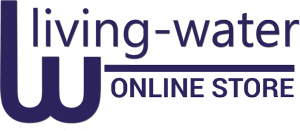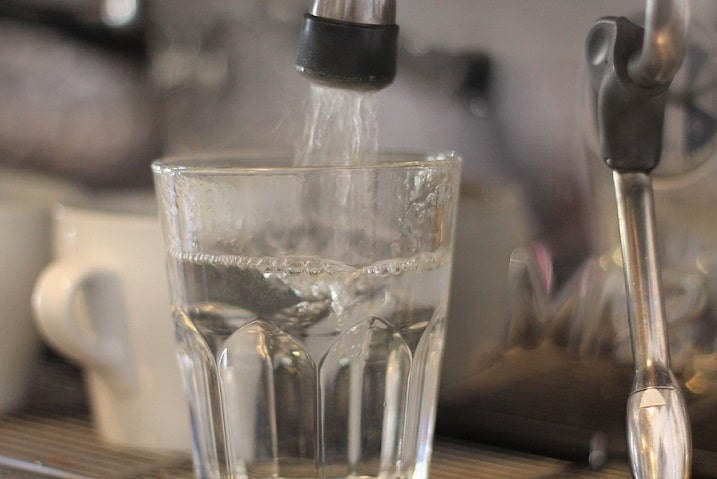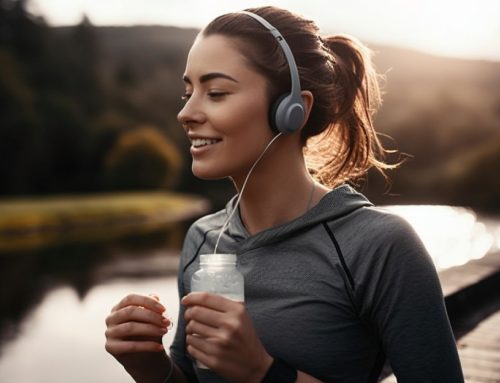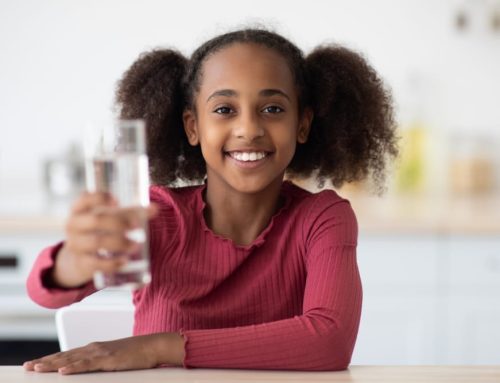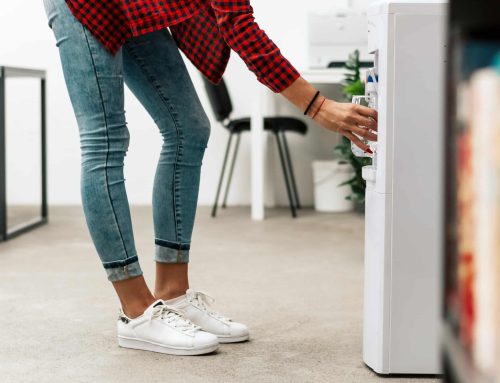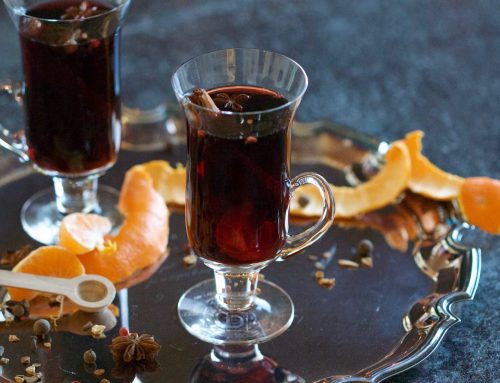Modernisation, climate change and a massive population explosion has led to a growth in industry; this has in turn led to more water pollution which has inevitably affected the quality of our drinking water.
The sad fact is that, according to the U.S. Environmental Protection Agency, approximately 90% of the world’s water is contaminated in some or other way. This means that it is not always easy to ensure that your drinking water is pure, toxin-free and healthy to drink.
More individuals these days are opting out of the rat-race and going “off-grid†in remote areas where there may not be access to clean drinking water. Saving water in rain tanks for washing the car and irrigation purposes is fine, but the water that you use to drink, prepare your food and for personal hygiene needs to be free of pollutants and toxins.
When you cannot just turn on a tap to get fresh water, you will need to ensure that you sanitise your potable water yourself. This can be done by either filtering your water or purifying it:
Filtering Water can be done quite easily. Filtering out impurities can be done via running the water through a physical barrier such as a cloth or fine mesh, the use of chemicals, or a biological process. Running water through a carbon filter or boiling it are both simple methods of removing impurities from the water and making it potable and what is even better is that this can be done without the need for expensive equipment or machinery.
Purifying Water means the removal of all viruses, chemicals, biological contaminants, and other materials rather than just removing the impurities. Water can be easily purified by using chlorine or iodine. It is a good idea to take some iodine tablets with you if you are going hiking or camping for an extended period of time – just in case!
Get bottled water dispensers and mains water dispensers from Living-Water.
